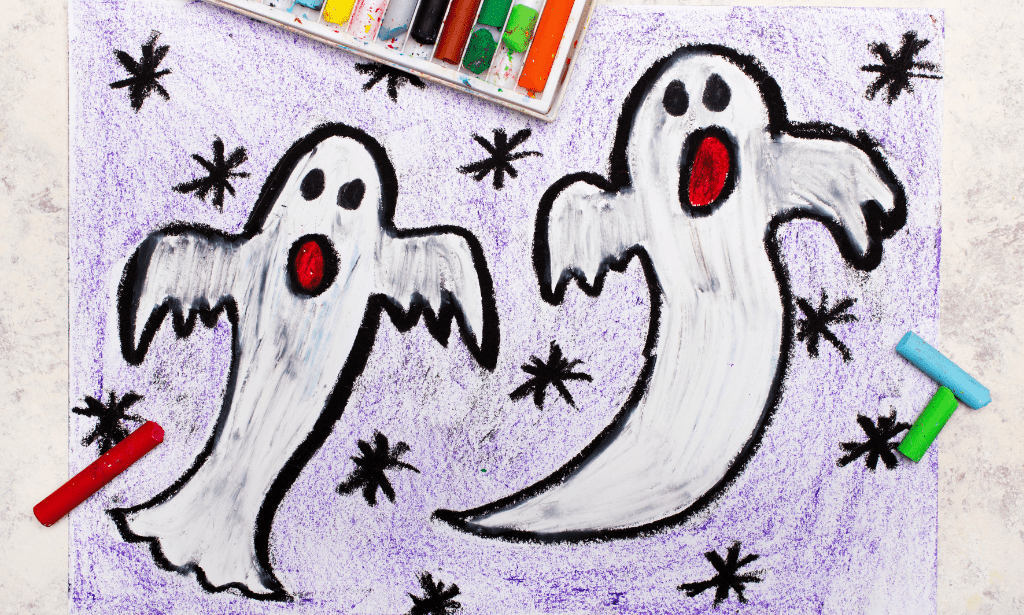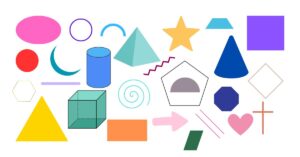Drawing is fundamental to child development. While their scribbling looks messy and incomprehensible, it helps kids improve motor skills, language competency, literacy, and problem-solving skills. Drawing is also one way children can express their creativity and emotions. With so many types of drawing for children, it’s difficult to identify which one will work best for your bub.
There are five basic types of drawings for kids which includes sketch drawing, cartoon drawing, caricature drawing, observational drawing, and silhouette drawing. Kids can master any of these types of drawings and create masterpieces depending on their interests.
These are not the only types of drawings that kids can learn, but they provide an excellent basis for learning more complex types of drawing. So let’s look at each type of drawing for kids to see what could work for your child.

Sketch Drawing
If your child has mastered pencil control and can draw simple shapes, they can learn how to sketch. All they need is a pencil and paper. One of the great things about sketch drawing is there isn’t only one way to hold the pencil.
Your child can hold it perpendicular to the paper or almost parallel to it to create different effects. Holding the pencil lightly at the end is another option, along with underhand and overhand grips.
Sketching uses different pencils and grip styles to create different shades and depths on paper. Encouraging your kid to scribble and doodle with various pencils will help them find creative ways to express themselves. They could also start to add detail and dimension to their work using these simple techniques:
- Smudging – Messy kids will love this technique! Draw the shape and smudge the graphite across as a shading technique.
- Hatching – This involves layering parallel lines drawing at different angles over each other. It creates a deepening shadow effect as you layer on more lines.
- Stippling – Stippling involves making dots and short dashes close together to create a shadow on an image.
- Texturing – Texturing brings drawing to the outdoors. Kids can place their papers over leaves or stones and draw on them to create texture. You can also do this using quarters or other coins.
Observational Drawing
Once your child has mastered basic sketching, they can move on to observational drawing. Also known as a still-life or figure drawing, observational drawing is simply drawing what you see as true to life as possible.
This requires your child to focus and see the different shapes, colors, shadows, and patterns and replicate them as closely as possible. Your child will exercise their observational and representational skills, which are necessary for the scientific and artistic fields.
Translating three-dimensional objects into two dimensions is daunting at first. So have your child start with objects that have simple shapes, like tennis balls. Ask them leading questions to help them fill in the details of their drawing.
For instance, you could ask them to identify the shape of the curve going across the ball before they try to draw it. Breaking down the object into different features is the best way to help your child with observational drawing.
Remember that observational drawings begin with a large, rough sketch of the object. Once the sketch has taken proper form, you can help your child fill in the details by observing the distinct features discussed above.
Once they master simple objects, challenge them with complex ones like flowers, landscapes, and even faces.

Cartoon Drawing
Kids are naturally drawn to cartoons and will often have favorite shows. If they love to draw, challenge them to replicate their favorite cartoon character on paper. Merging their interests is a great way to keep them engaged so they can spend less time on screens.
Although some cartoons have complex features, some are simple enough for young kids. Let your kid start drawing cartoon faces using simple shapes, then move to complex characters. My eldest is currently obsessed with anime characters, so she spends a lot of time drawing them.
For instance, starting with a simple circle, have your child draw the ears and hair, then add the eyes, nose, and mouth. Once the child colors the cartoon face, they should have exciting results.
Encourage your child to create cartoon faces with as many basic shapes as possible and as many expressions as possible (happy, goofy, sad, etc.). Once they have mastered drawing faces, you can go online and get step-by-step tutorials that show how to draw specific characters.
Caricature Drawing
Caricature drawing is quite similar to a cartoon drawing. They are both imaginative and contain exaggerated and unnatural features, making them amusing. For instance, how well your child can draw a character with bulging eyes that cover most of the face or an elongated nose or hand.
Caricatures can highlight dominant features on a person’s face or create a cartoon version of a real person. However, for children, caricatures are not usually based on real people as they have not yet acquired that skill level.
Starting with a basic outline of the head and body. Your child can draw on exaggerated or shrunken features to create their caricature. The funny drawing can then come to life with some color.
This video will help you get the basics of caricature drawing, so you are better placed to help your child. https://www.youtube.com/watch?v=bPz1zteoxRc
Silhouette Drawing
Silhouette drawings focus on the outline of an object in contrast with the background of the paper. They are a little more technical and use more materials, but still simple enough for your child to learn.
Once your child has decided on their object, they can draw its outline on a piece of paper and then color it in with a black marker or crayon. Your child could use simple objects like flowers, shapes, or an outline of their hand to begin with before drawing more complex objects.
To make things interesting, your child could first paint or color the paper to create a colorful background. They could also blend several colors in their background to make it even more beautiful.
A colored background will help your child learn how to work with and blend different colors and create different moods. Silhouette drawings are a great way for your child to create stunning yet simple art pieces.
This is where my youngest excels. She doesn’t care how the image will look in the end, and frankly, neither do I, as long as she expresses herself.
Drawing is an excellent creative outlet for kids. These five different types can help any child learn how to draw. While they may not become the next Picasso, your child will gain valuable life skills and have a lot of fun. It can also be a perfect way to spend quality time with your kids before they are grown and prefer their friend’s company.




